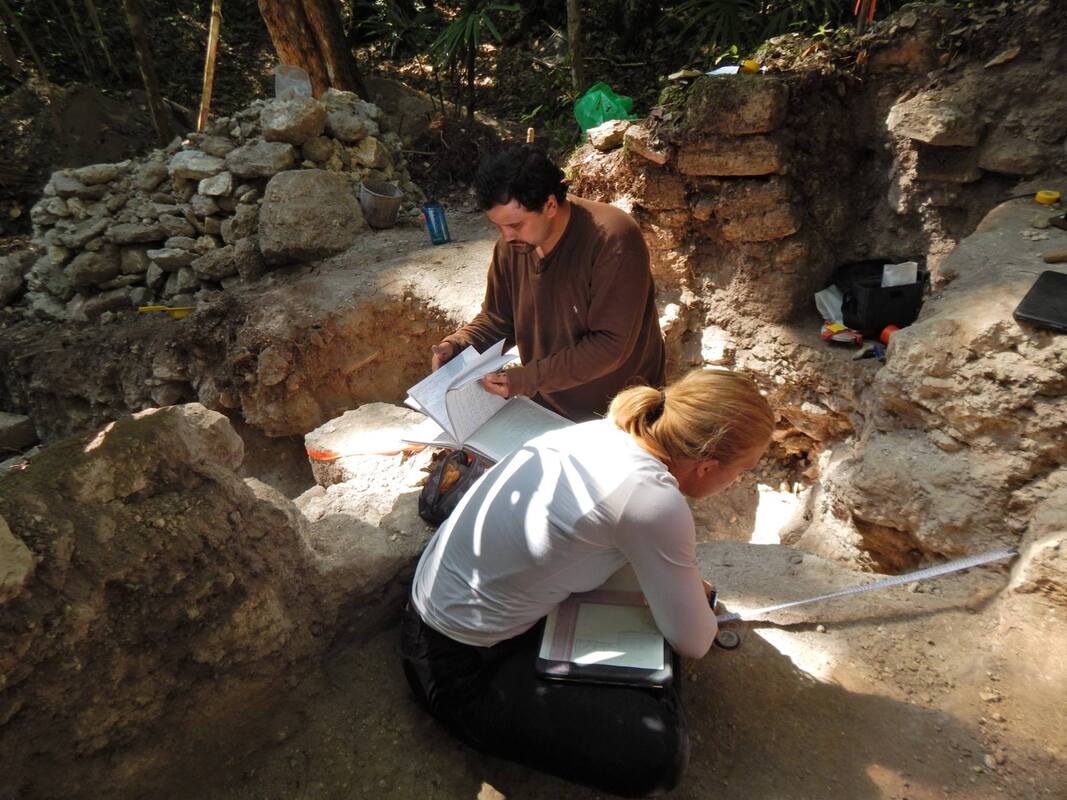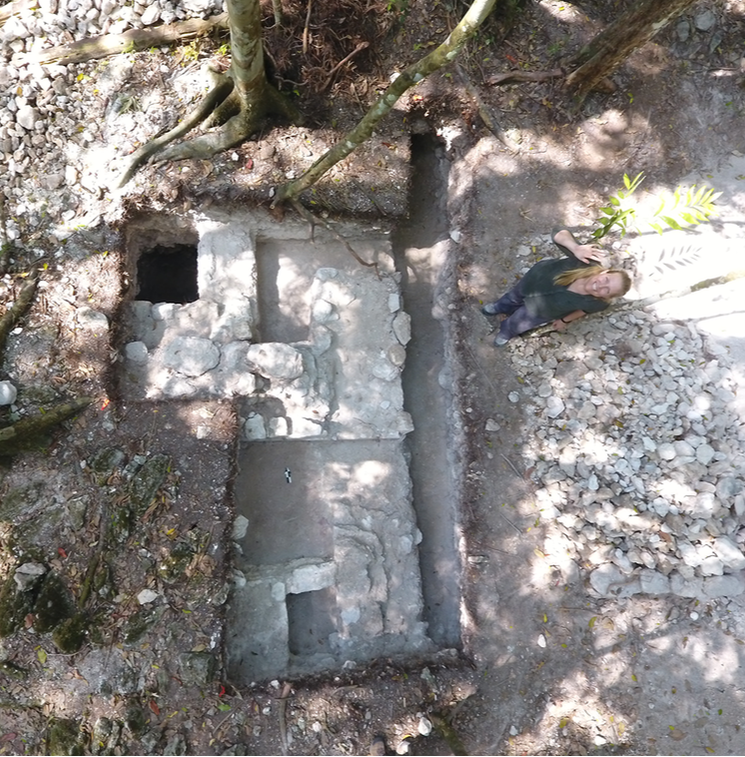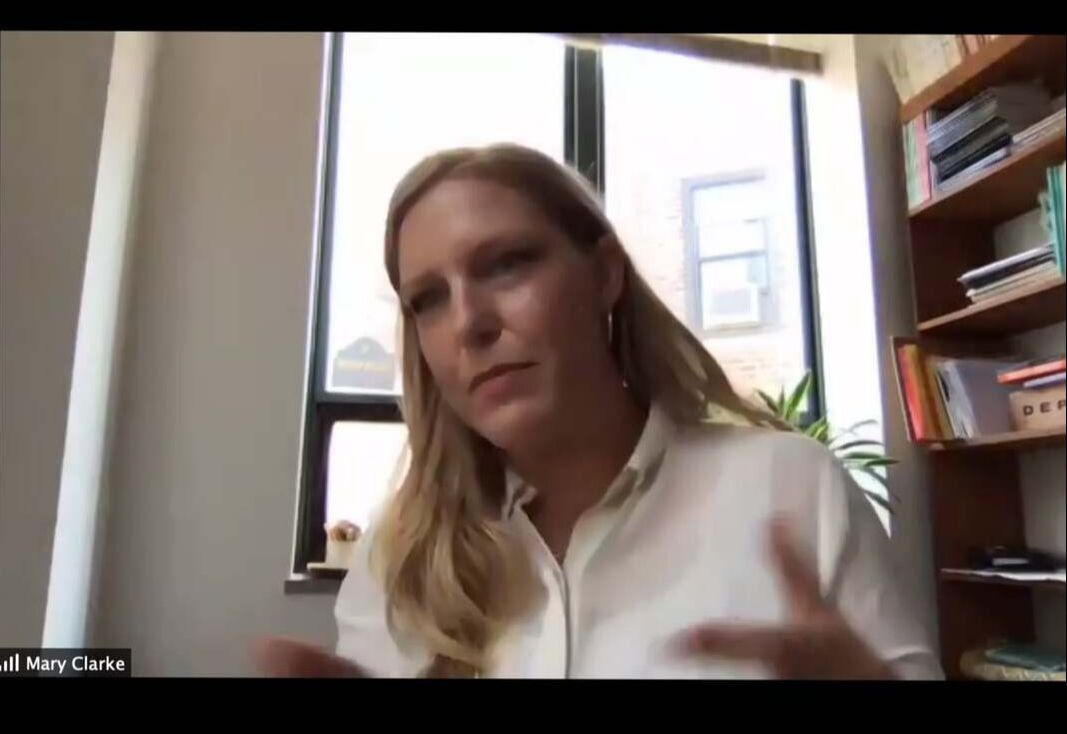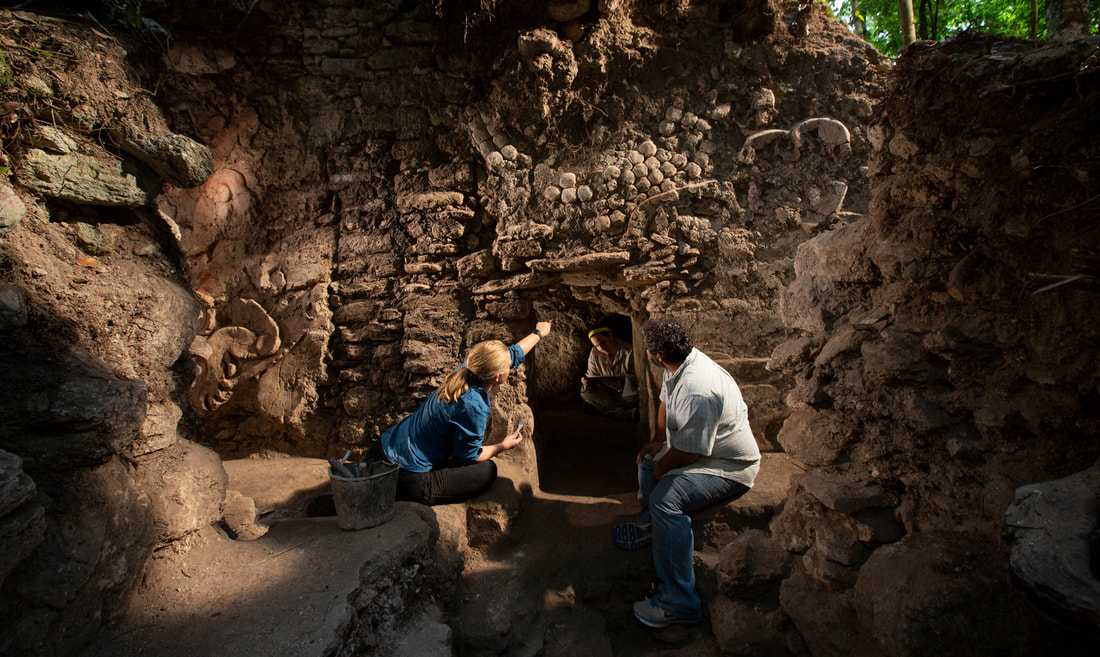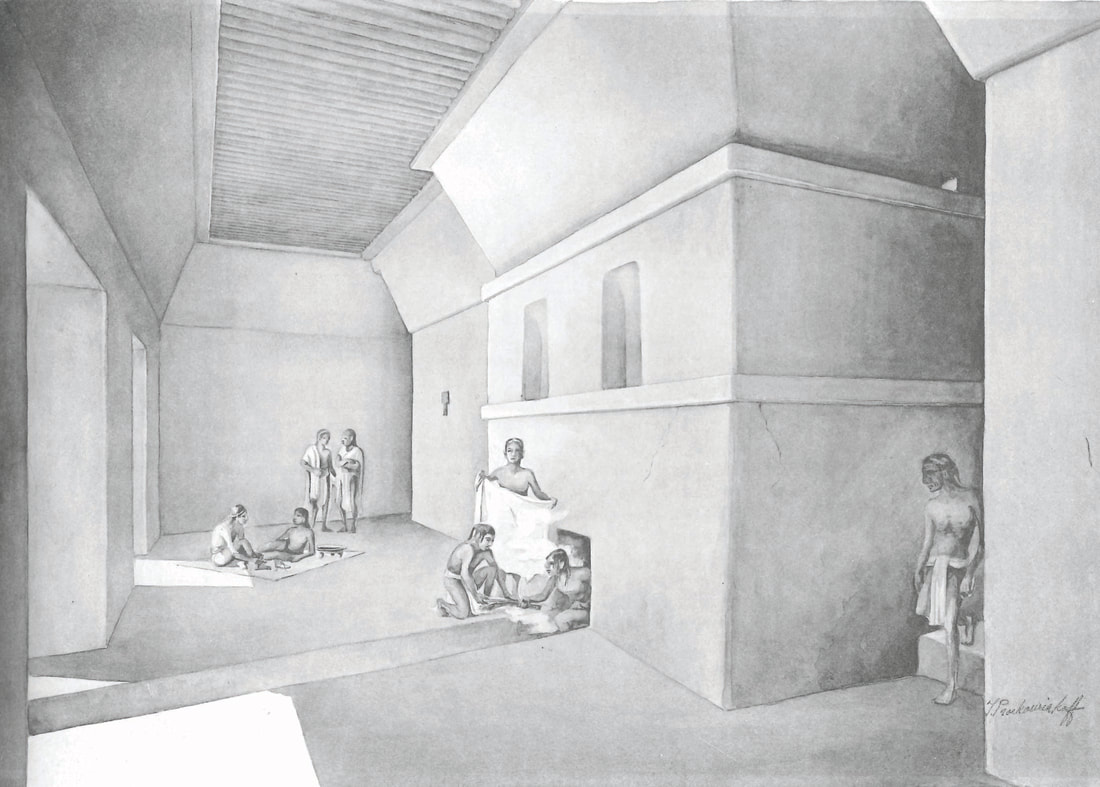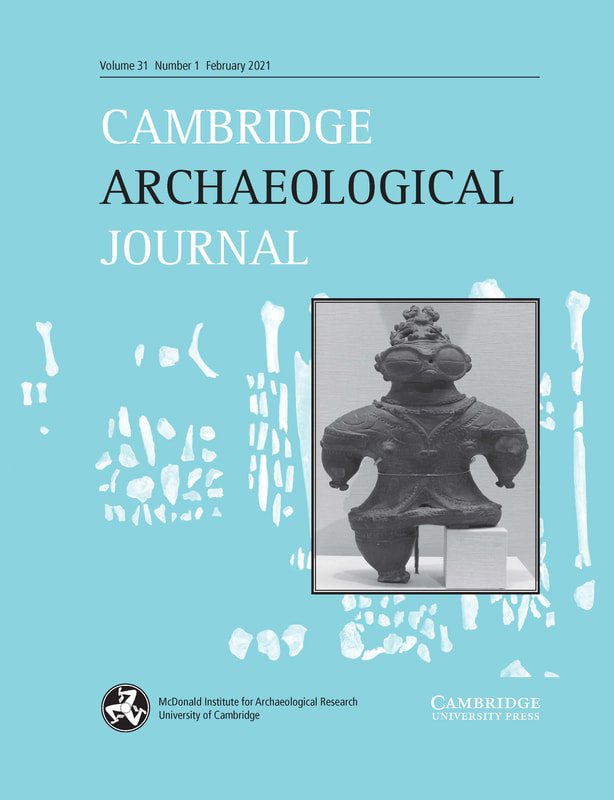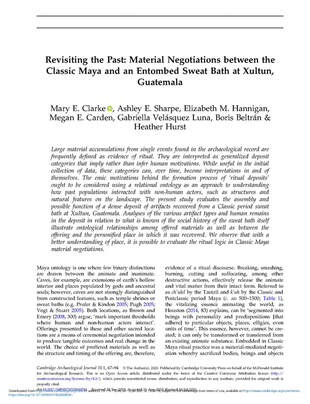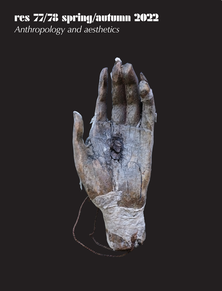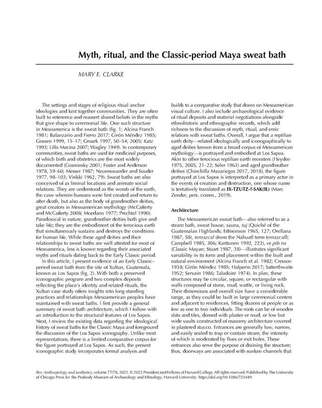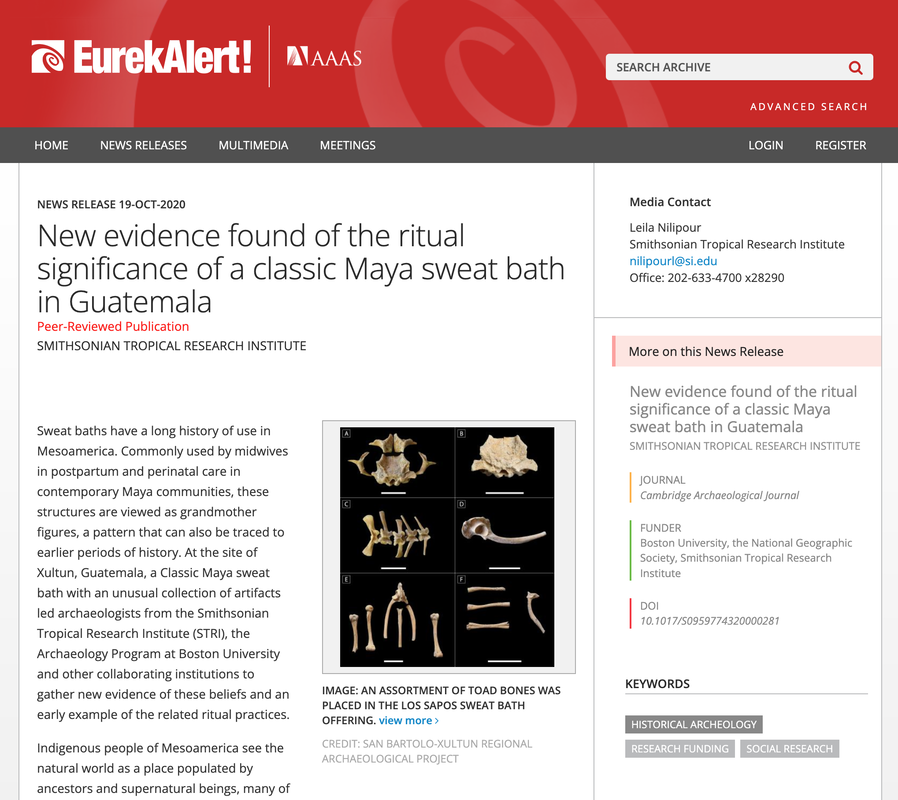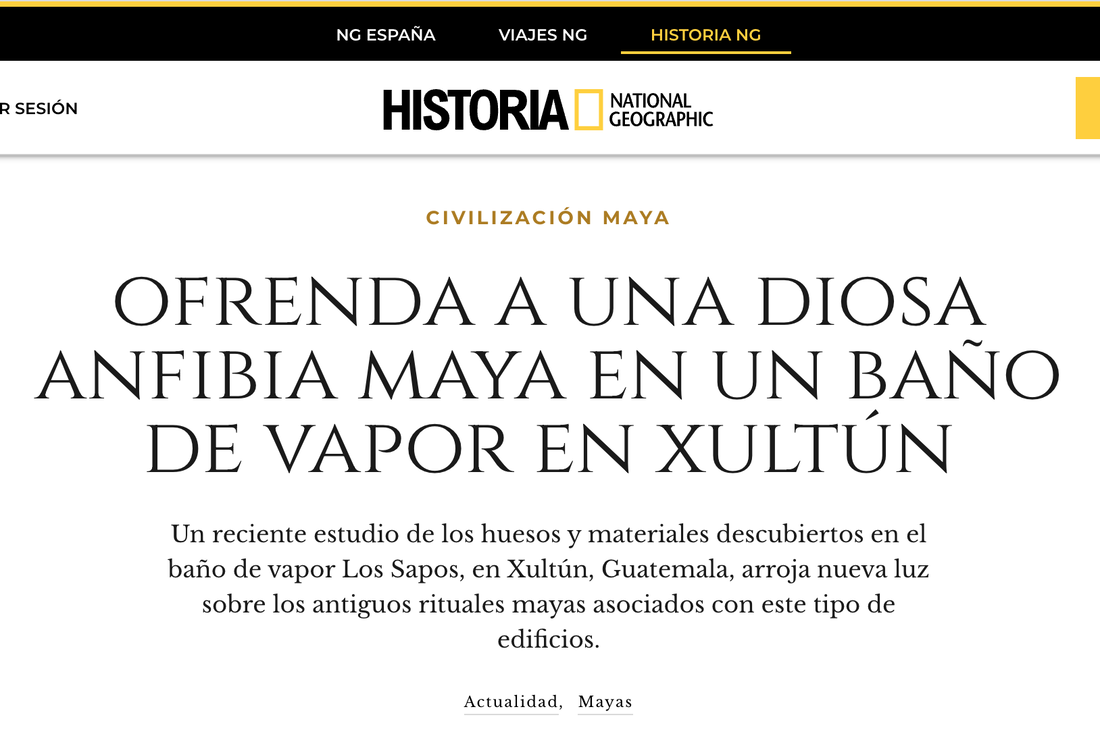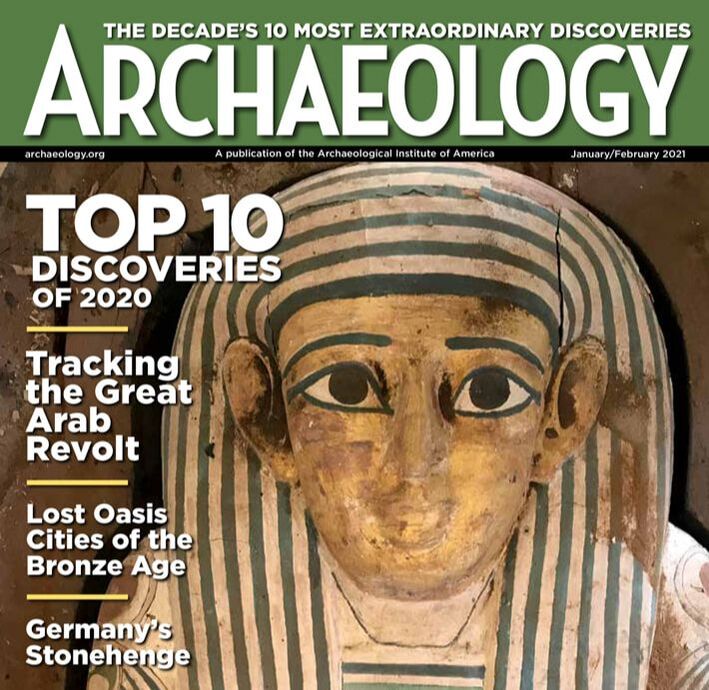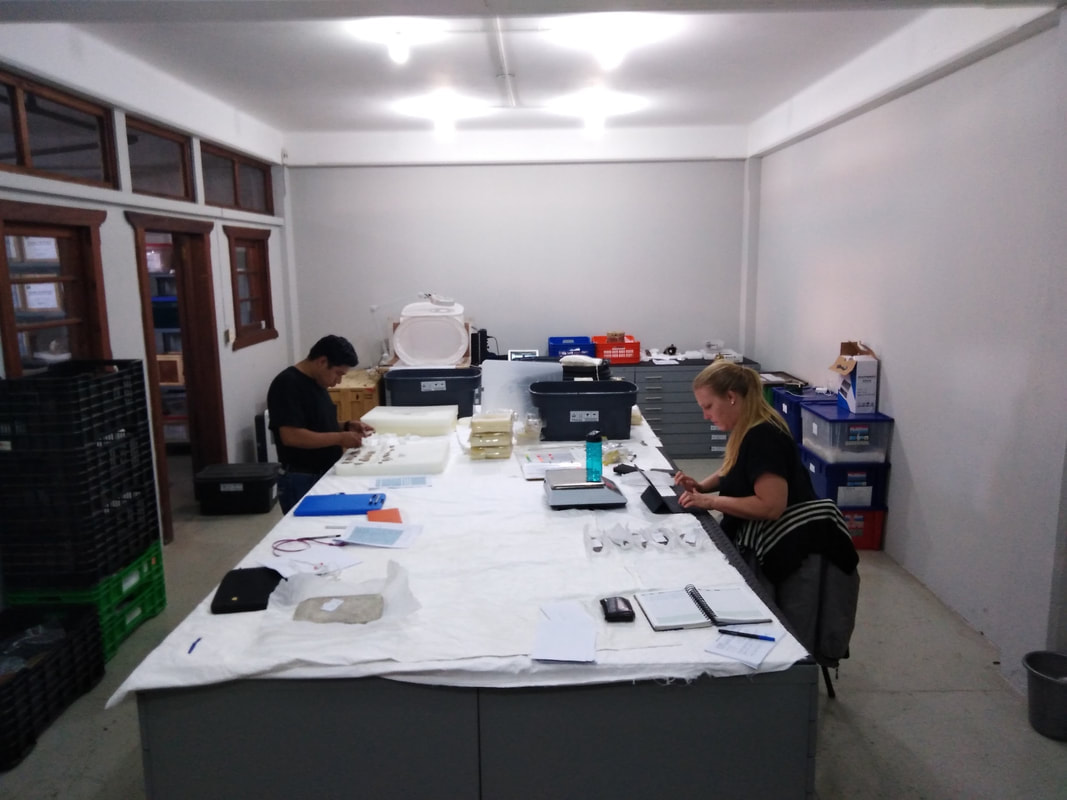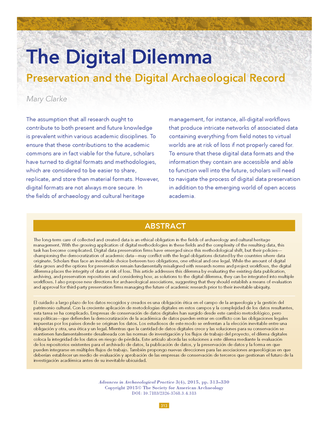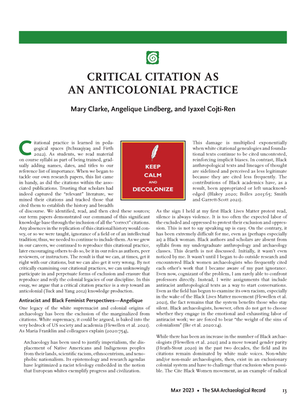End-to-End Research Design
|
Completing end to end research is at the core of doctoral programs. Candidates move from subject mastery to their opportunity to create new knowledge through innovative, self-designed research. The process and specific research needs vary from field to field, but all candidates are tasked with generating novel contributions, contributions comprised of multiple phases completed over 2 – 6 years on average.
Archaeology fits into this general pattern with a few caveats: there tend to be more research phases than most fields, these research phases require multiple, sometimes international permits, large teams, and considerable funding, and our work is seasonally constrained, often compressing work into limited timelines. |
Research Process: Archaeology
|
Phase 1: Identify a gap in scholarship OR a novel approach to an existing discourse.
Phase 2: Develop research questions (preliminary), generate multiple working hypotheses including a null hypothesis, and establish a) what would prove and disprove each hypothesis and b) determine what you would conclude given each possible outcome. Phase 3: Design research to test and disprove hypotheses. Phase 4: Apply to grants and permits to complete research. Phase 5: Build team, establish schedule, and organize resources. Phase 6: Complete data collection through archaeological survey, excavation, and material analysis. Phase 7: Revise hypotheses and narrow research questions. Phase 8: Repeat Phases 3–6. Phase 9: Convert results from material analyses to big data analytics and perform statistical analysis as well as pattern recognition in order to interpret findings. Phase 10: Write up, publish, and present research outcomes. |
Explore my Approach to Phases 1-8:
Explore my Approach to Phase 9:
Explore my Approach to Phase 10:
Discoveries & Insights: Archaeology
|
Popular ideas of archaeology help to characterize us as discoverers more so than scientists or researchers. While we certainly do occasionally stumble upon remarkable circumstances, this is quite rare, and more often than not, our discoveries are born out of systematic research where we apply the scientific method to the analysis of multiple types of preserved artifacts and cultural materials.
This is indeed the case with my work on the sweat bath, Los Sapos, at the site of Xultun, Guatemala. |
"Discoveries" at Los SaposDuring the second season of excavation at this Early Classic period (200–550 CE) Maya sweat bath, I encountered a large offering in front of the doorway. I was fortunate to have Dr. Ashley Sharpe from the Smithsonian Tropical Research Institute join me in the early analysis as we identified commonalities in the offered animals and the iconography present on the structure's exterior. A few years later, we were joined by my former student, Elizabeth Hannigan, who analyzed the human remains. Additionally, I analyzed ceramics and employed the data to reconstructing burning events and deposit assemble.
|
|
|
Following our analyses, we compared our results to ethnohistories and recent ethnographies from Mesoamerica that involved sweat baths. What we found surprised us! The notable majority of sweat baths were and continue to be understood as grandmother deities whom require feeding in the form of complex offerings place in front of or directly with their doorways. Our research is able to demonstrate the antiquity of indigenous myths, rituals, and ancestral relations as well as illustrate their early historical ties within Classic Maya society.
|
Read Published Insights[click] cover images or pages for access.
|
See Discoveries in the Press |
Problem Solving Research & Published Solutions
|
I encounter the unknown, the unexplored, and the overlooked through my research. When doing so, I've often come up against pervasive problems or unaddressed questions where I've responded by facing them head on, researching their breadth and depth and thinking both strategically and creatively about their solutions.
Here I share a few published outcomes of this work: The Digital Dilemma and Critical Citations. |
The Digital Dilemma
|
Critical Citations
|
